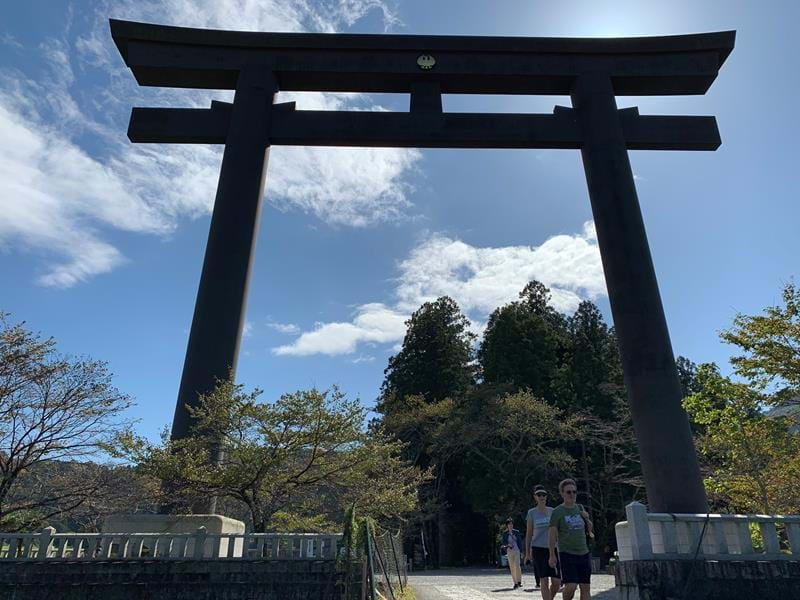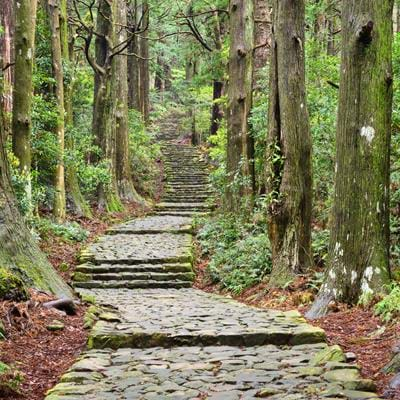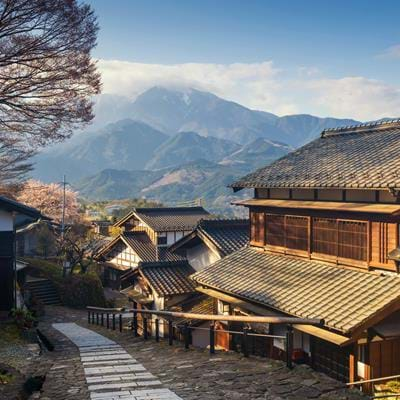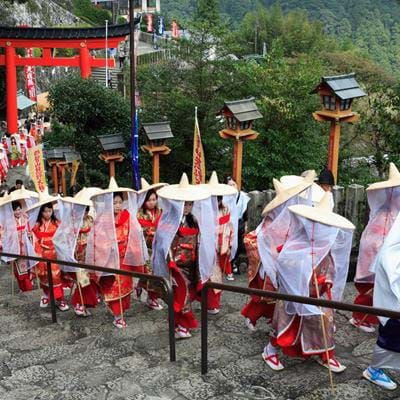Japan 04.11.2019 Amrit Singh
Speak of Japan, and most people think of neon lights, beautiful Geisha, Mount Fuji and brightly lit sushi bars. But the country has a much older, more subtle, traditional and magical side to it – one which I only found out about after a chance meeting in London some years ago with a visiting Japanese artist. In hushed tones, he told me about a secret land of legends, arcane rituals, Shinto shrines, misty mountains and towering cedar forests. “This”, he whispered “is where we Japanese retreat to when the soul is in need of rejuvenation.”
It was called ‘Kumano Kodo’, a holy peninsula to the southeast of Osaka. A quick search online confirmed everything the artist had said, so when I found myself with a rare window in my schedule after a travel conference in Tokyo last month, I decided to forsake the bright lights and shopping of Ginza for the restorative forests of Kumano.

 The region was surprisingly easy to reach: a high-speed train whisked me down the coast from Kanazawa to the gateway town of Kii Tanabe, whose forested hills, fresh air and, for the first time in my journey, clear blue skies, suggested I’d arrived in a very different world. The pace of life seemed palpably slower for one thing: even the train appeared to pull out at a more sedate pace.
The region was surprisingly easy to reach: a high-speed train whisked me down the coast from Kanazawa to the gateway town of Kii Tanabe, whose forested hills, fresh air and, for the first time in my journey, clear blue skies, suggested I’d arrived in a very different world. The pace of life seemed palpably slower for one thing: even the train appeared to pull out at a more sedate pace.
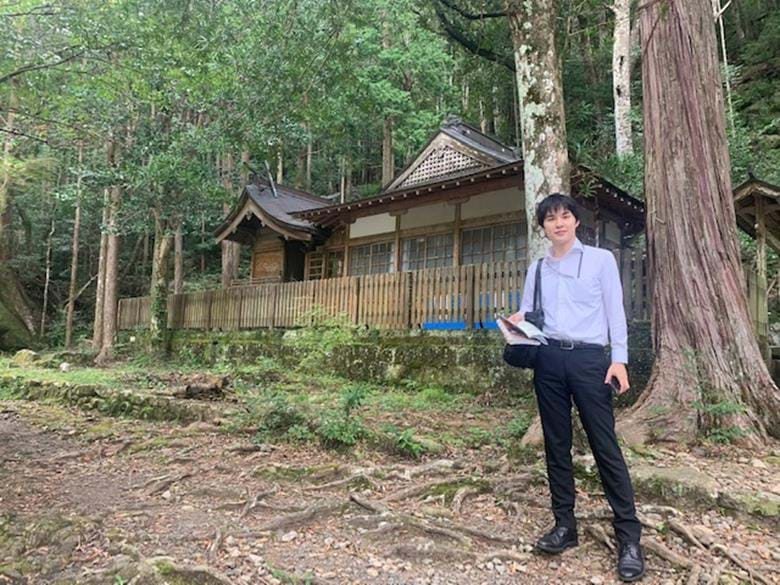
I was met at the station by my young and – as it would transpire – highly knowledgeable guide, Itatani, waving enthusiastically from behind the barrier. With the long, formal Japanese greetings concluded, we headed into the hills by car, stopping for a lunch at a tiny homestead-restaurant on the roadside. The windows framed gorgeous views of the brooding mountains to the north.
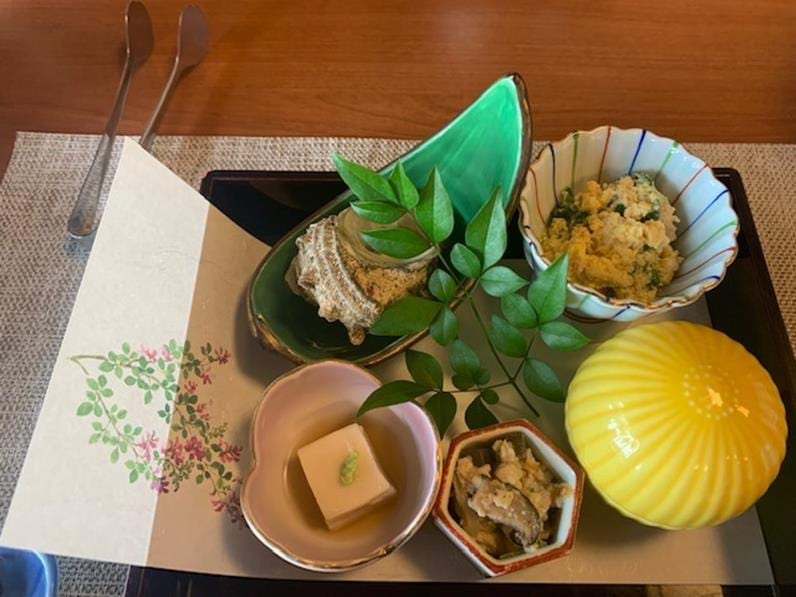
Over an exquisitely presented meal, Itatani explained how the UNESCO-listed Kumano Kodo formed a network of sacred trails winding through ancient cedar and cypress forest, tea terraces, river gorges and groves of mikan orange trees – a landscape little altered in fifteen centuries since archipelago’s emperors first begun travelling here. The lichen-covered pathways converge on the Grand Shrine of Hongu Tashi, spiritual home of Shintoism in Japan – one of three great temples Itatani had included in my itinerary.
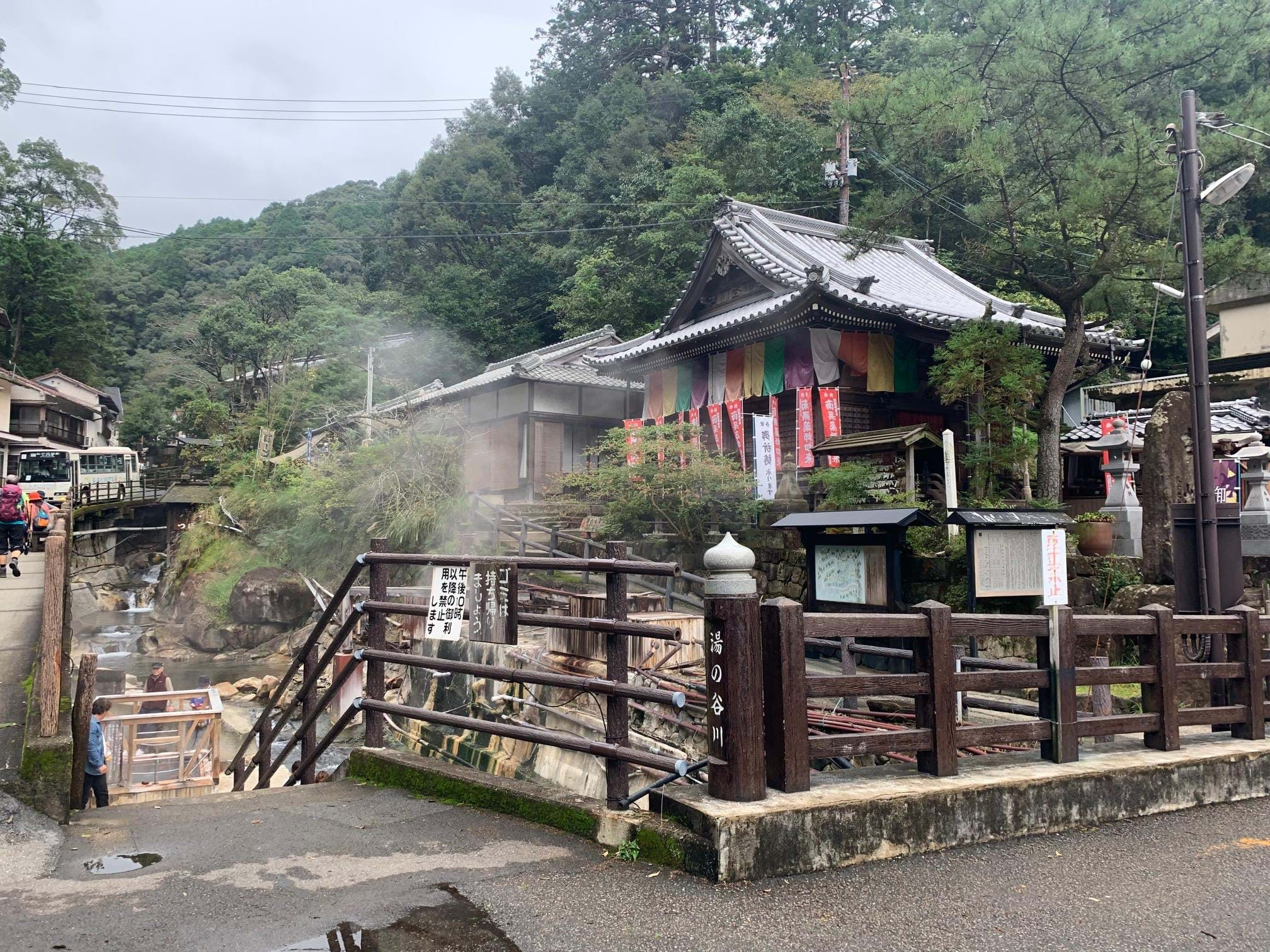
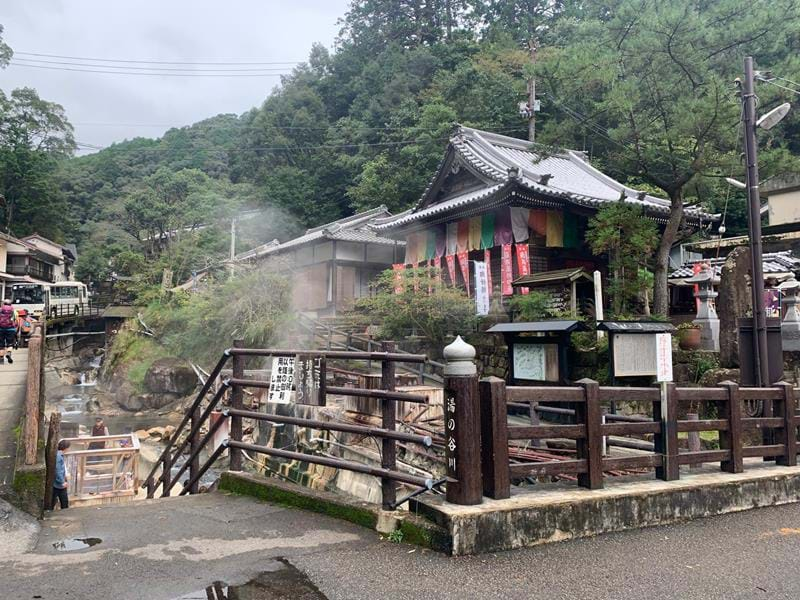
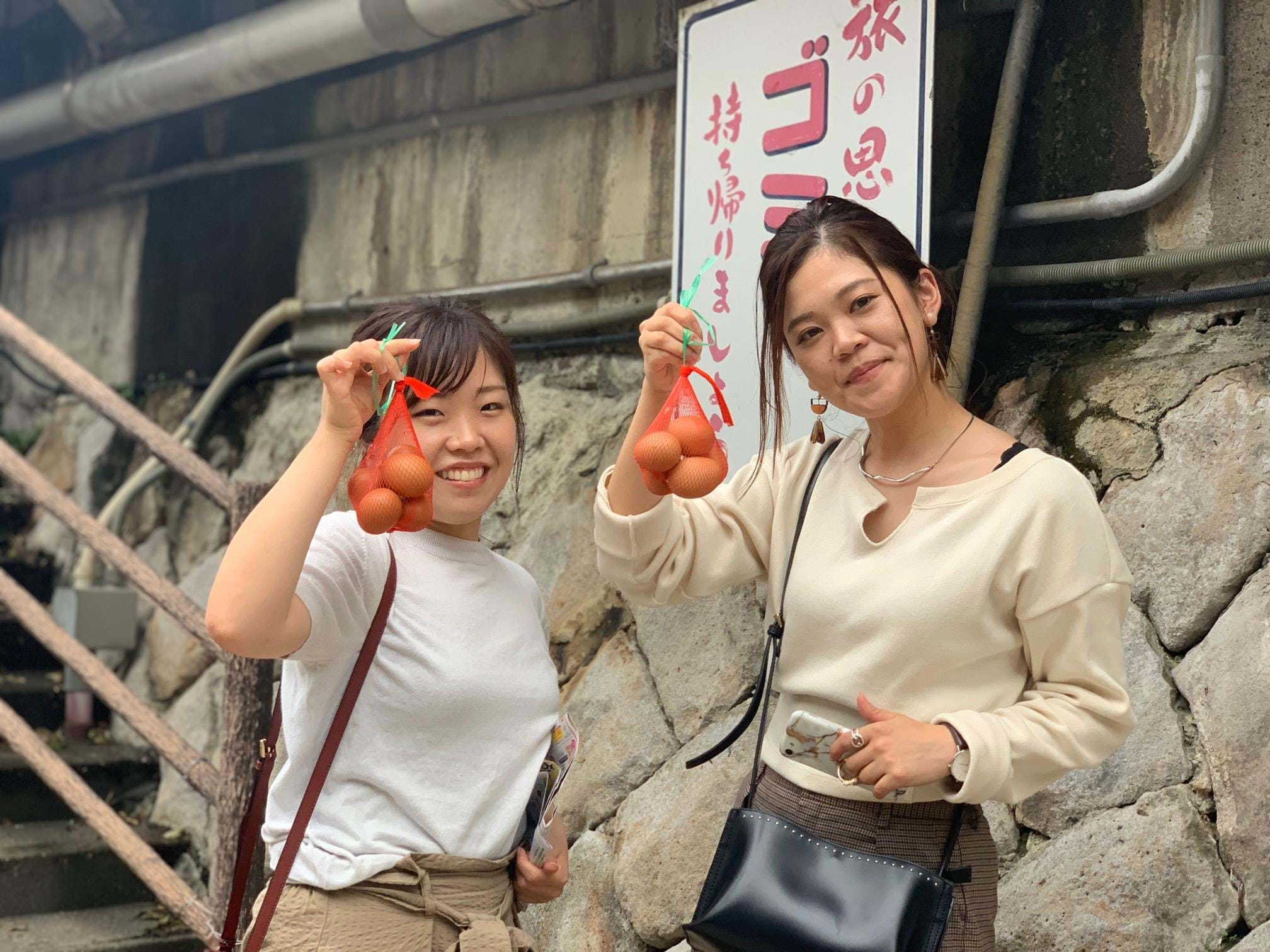 After lunch, we headed for ‘onsen’ spa town of Yunomine, famous for the hot, sulphurous stream bubbling through its centre. The town forms part of the trail network and pilgrims passing though it soak their weary bones as their lunch cooks in an open spring of boiling water nearby!
After lunch, we headed for ‘onsen’ spa town of Yunomine, famous for the hot, sulphurous stream bubbling through its centre. The town forms part of the trail network and pilgrims passing though it soak their weary bones as their lunch cooks in an open spring of boiling water nearby!
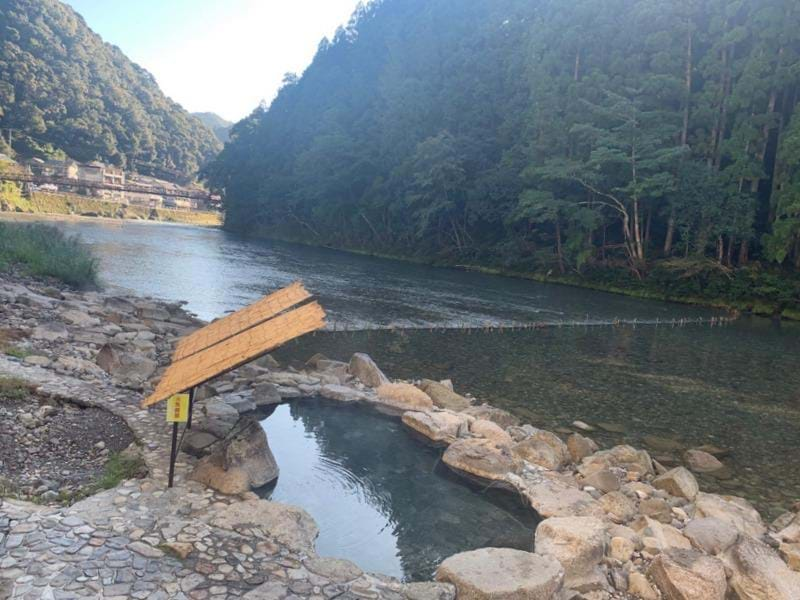

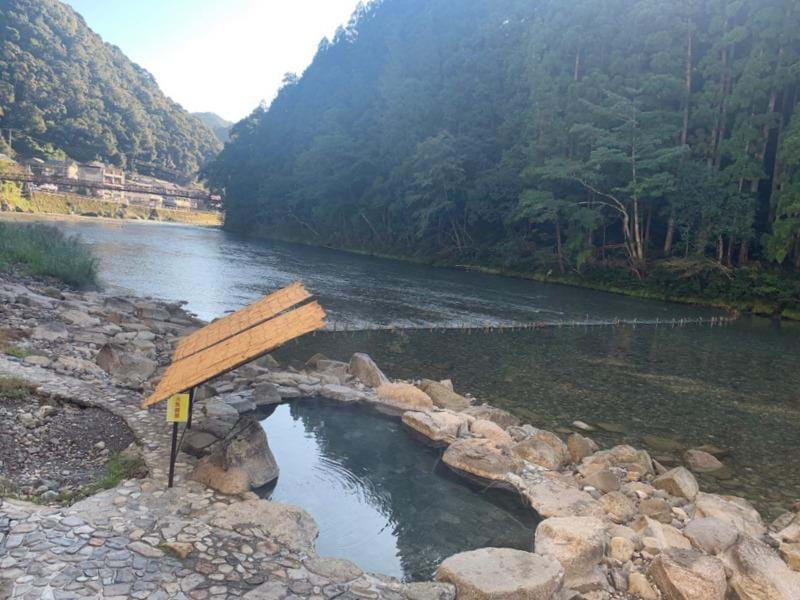
We next travelled to Hongu, where we checked in to the heavenly Midoriya Ryokan, a traditional Japanese inn on the banks of the clear blue Ohto River. The waters here stream piping hot through the shallows, attracting spa enthusiasts from across the country. I slipped into my complimentary Yukata and enjoyed a blissful half-hour lazing in the water as the tree canopy swayed overhead.
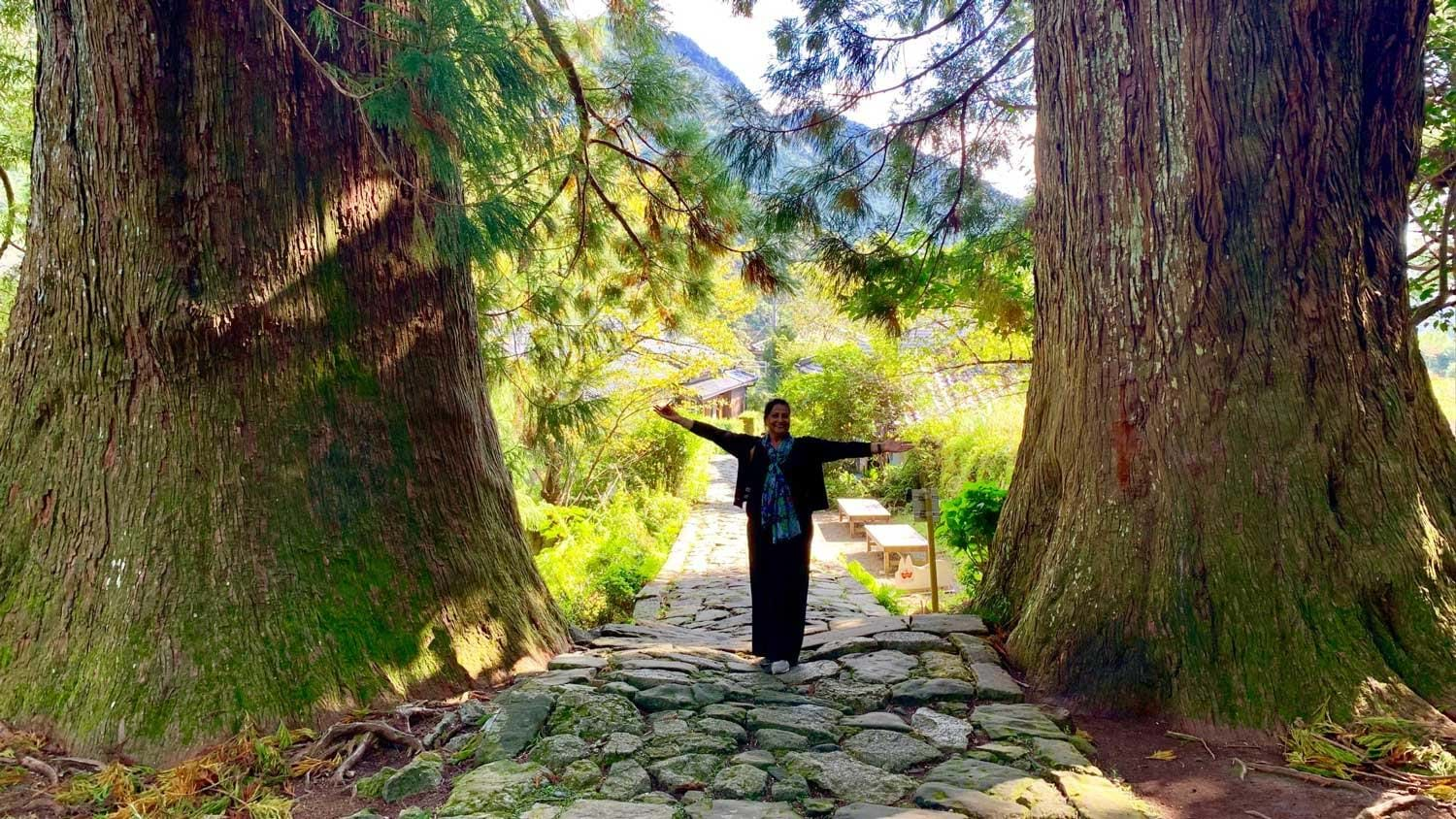
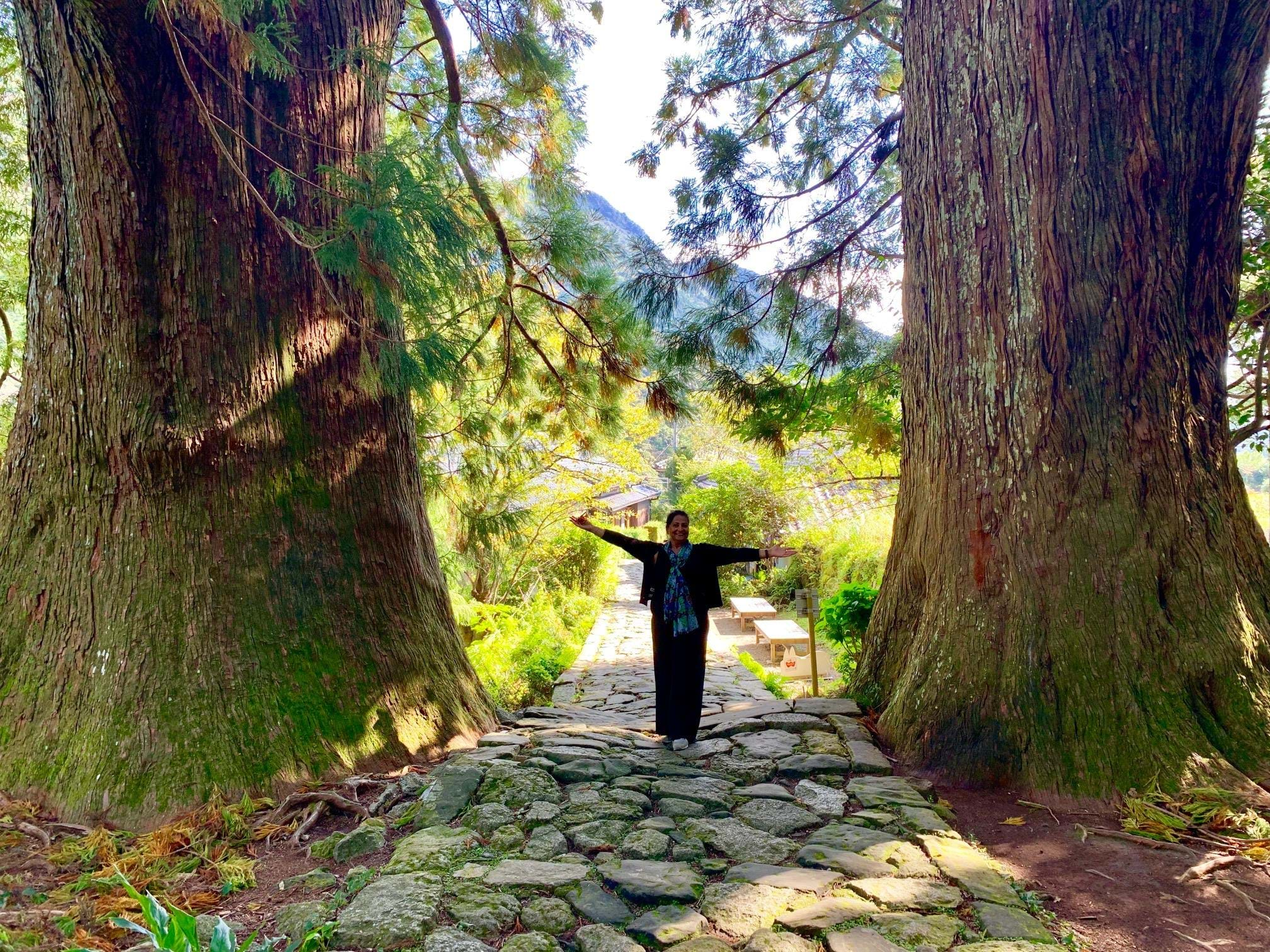
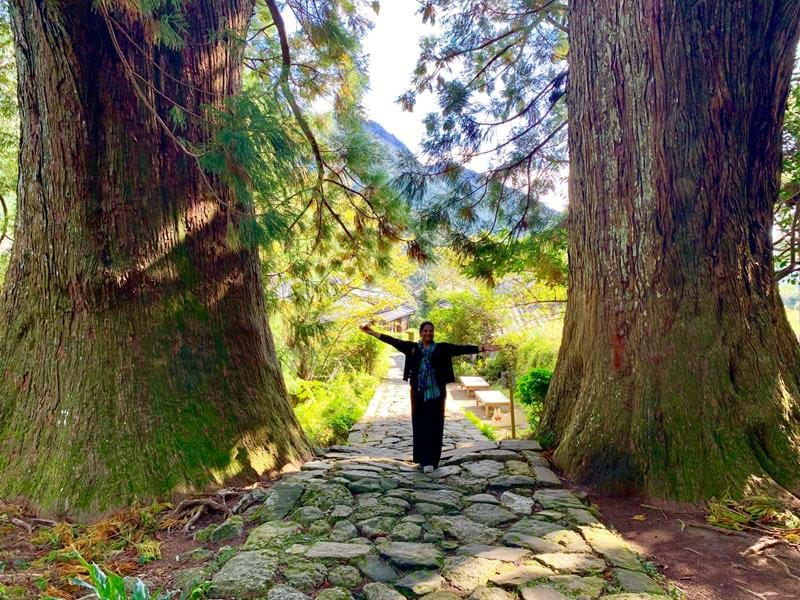
Over the course of the next three days, we followed tracks through miles fragrant cedar woods, exploring pretty, stone-tiled villages and tiny wayside shrines whose individual myths Itatani recounted as we progressed towards the focal point and undisputed highlight of the Kumano Kodo.
Some people will be surprised by the thought of me hiking up mountains, but the trails, I can testify, mostly cross gentle gradients. I made no apologies for taking my own sweet time, pausing at regular intervals to explore the hamlets that punctuated the pathways, where local people often lay out tea, fruit and hand-carved mementos for passing pilgrims to enjoy (you leave whatever you think appropriate in an honesty box).
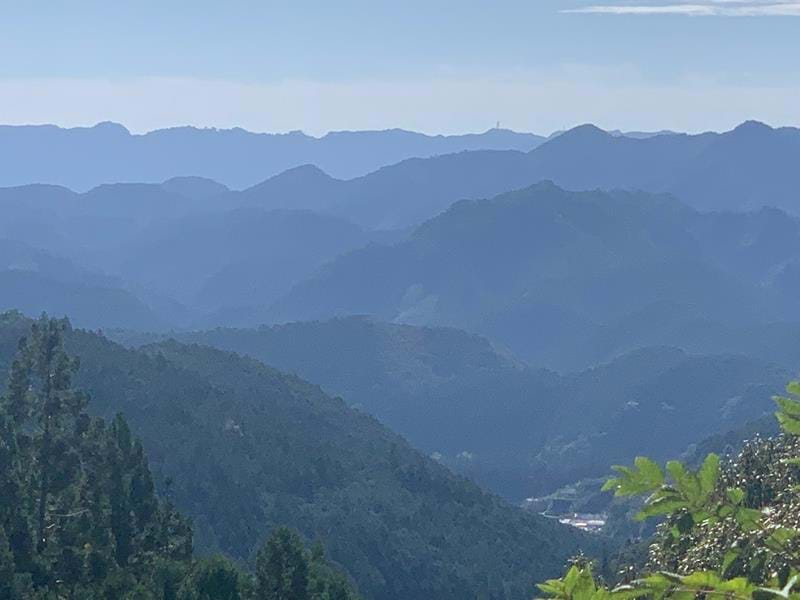
The first of the major hilltop shrines we reached was Fushiogami-oji, dedicated to Izui Shikibu, a female poet from a 1000 years ago whose renown underlined the equal status of women in ancient Japanese society. From its vantage point, we caught the first glimpse of our destination – the distant Hongu Tashi temple – nestling in the valley below.
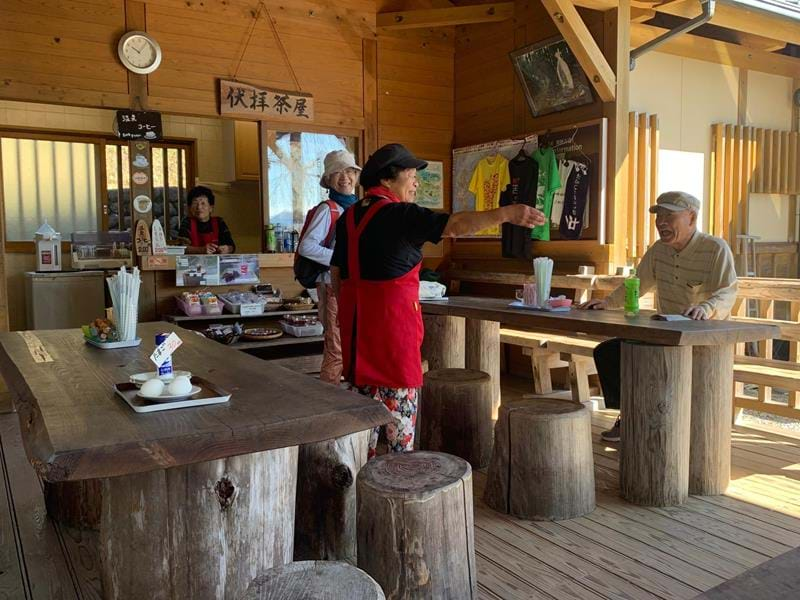
To fortify ourselves for the long descent, we paused for oranges, onigiri rice cakes and tea made with locally picked leaves and spring water at an open-air café run by a group of elderly women. Itatani announced he’d continue from there by road ‘on a secret mission, Madam’ (more of which later) while I tackled the two-hour hike down the mountain alone.
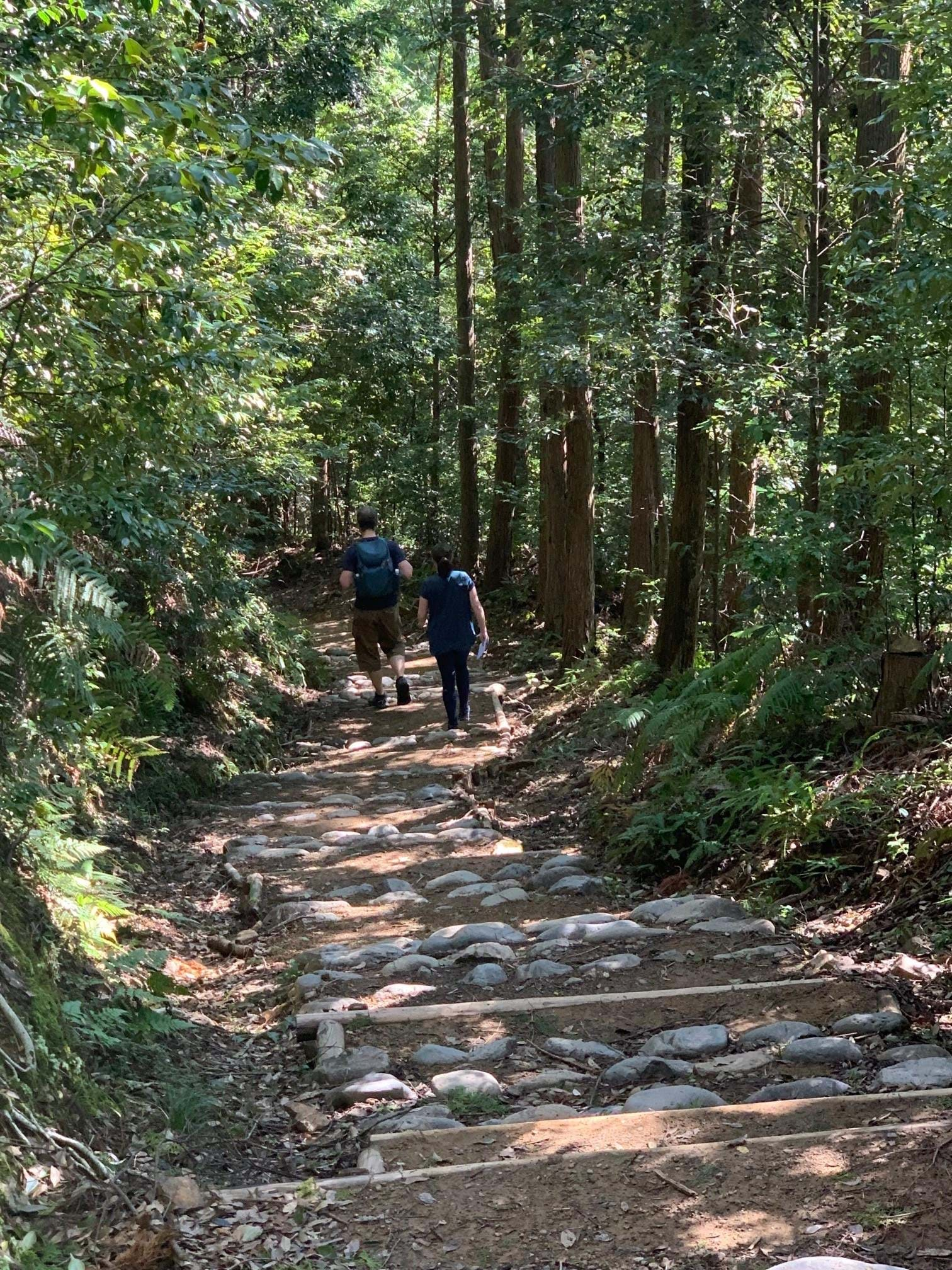
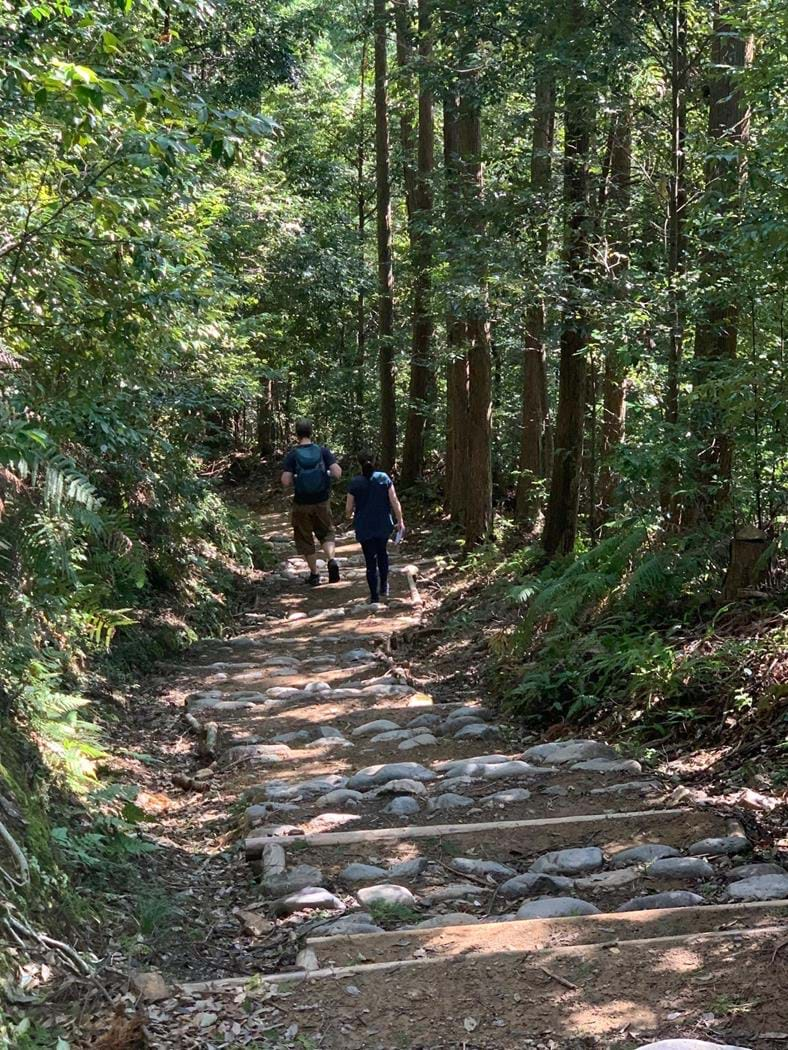
The old path was paved along its entire length by towering, mossy trees, their exposed roots illuminated here and there by shafts of sunlight scything through the branches overhead. I was overwhelmed by a sense of peace and solitude, and by an awareness of the immensity of time. Either the old ladies had laced my tea with some magic herbs or the Shinto spirits were doing their job, taking care of the ‘here and now’ while I wandered in quiet contemplation.
I found Itatani waiting at entrance of the great shrine, marked by a giant Tori Gate looming 34 meters above our heads. We each bowed twice in reverence, as is the custom, before passing under the magnificent archway. Similar gates mark the entrances of all Shinto shrines and are believed to keep evil spirits at bay.
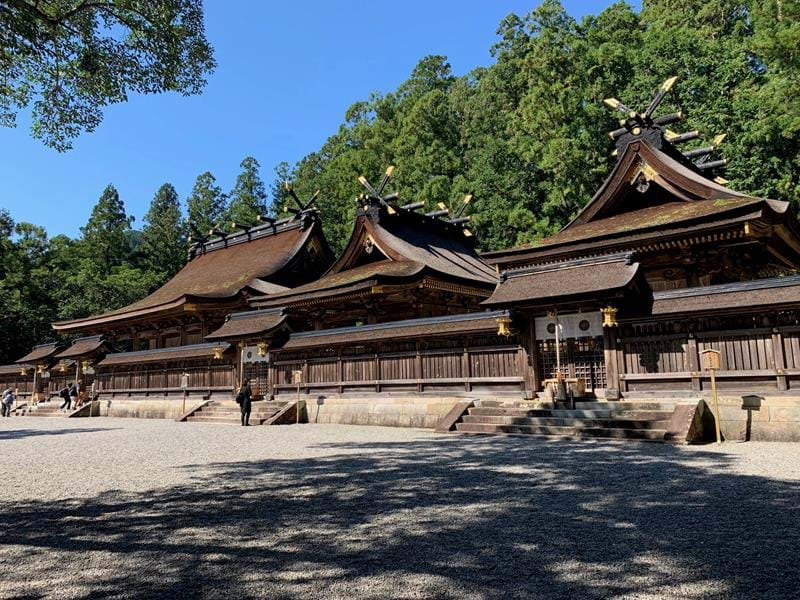
Echoing the natural contours of the mountains, the architecture of the Grand Shrine itself is sleek and beautiful, if somewhat demurely positioned deep in the forest.
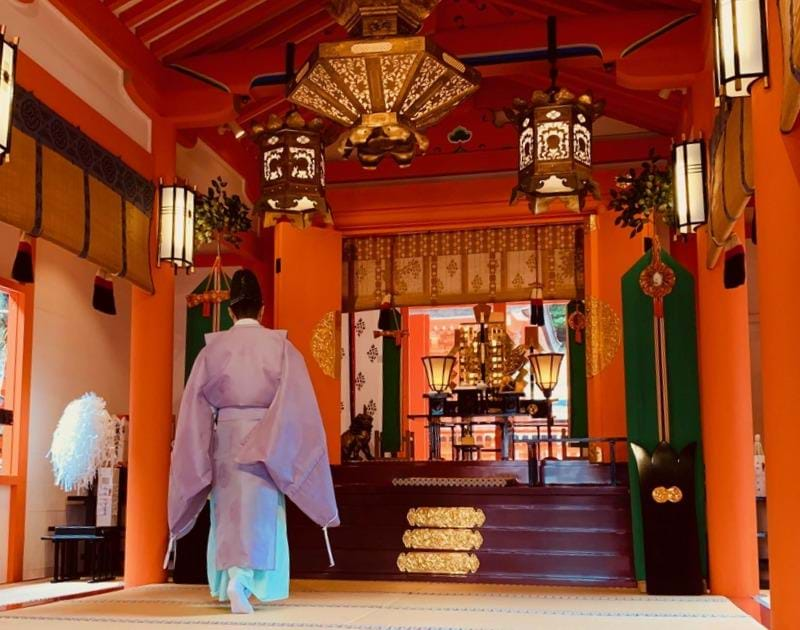
To my great astonishment, a Shinto priest in resplendent blue and green organza robes suddenly appeared at my side, accompanied by a young ‘yambushi’, or temple maiden, wearing immaculate crimson and white. What a treat! The pair ushered me into the temple for a Shinto prayer that had been kindly arranged by Itatani. The ceremony itself comprised a series of offerings and chants, not dissimilar to Buddhist liturgies you might have encountered in Ladakh or Tibet, which lasted just a few short minutes. I left reluctantly, wanting to linger a little longer in the evocative, incense-scented half-light.
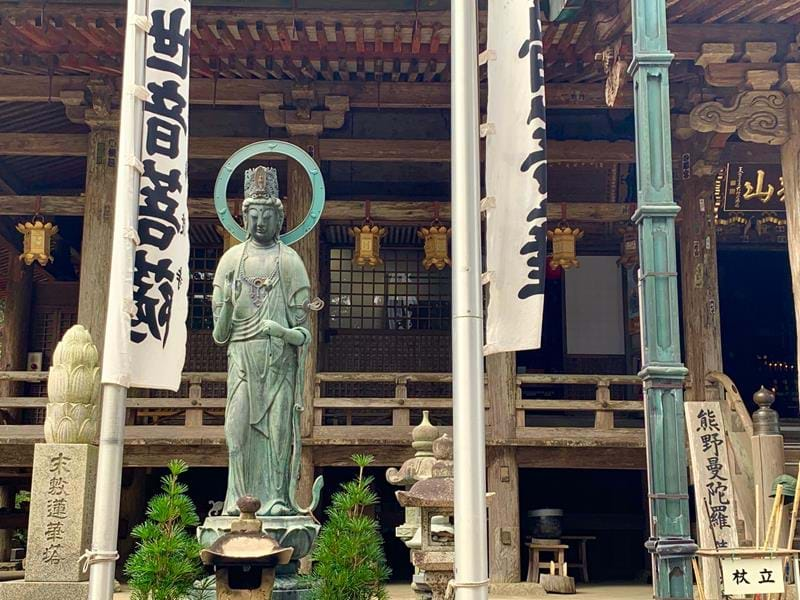
Our next shrine was the one I most looking forward to seeing in this region. The Kumano Nachi Taisha Grand Shrine (to give it its full title) sits alongside the Jinju-Ji Buddhist temple and Seigantoji Pagoda close to the world-famous Nachi Falls. A festive atmosphere prevails year-round in its precincts: sumptuously attired pilgrims, priests and priestesses were mingling in one continuous swirl of colour, infused with an infectious joie de vivre – such a contrast to the solemnity of worship in many parts of the world.
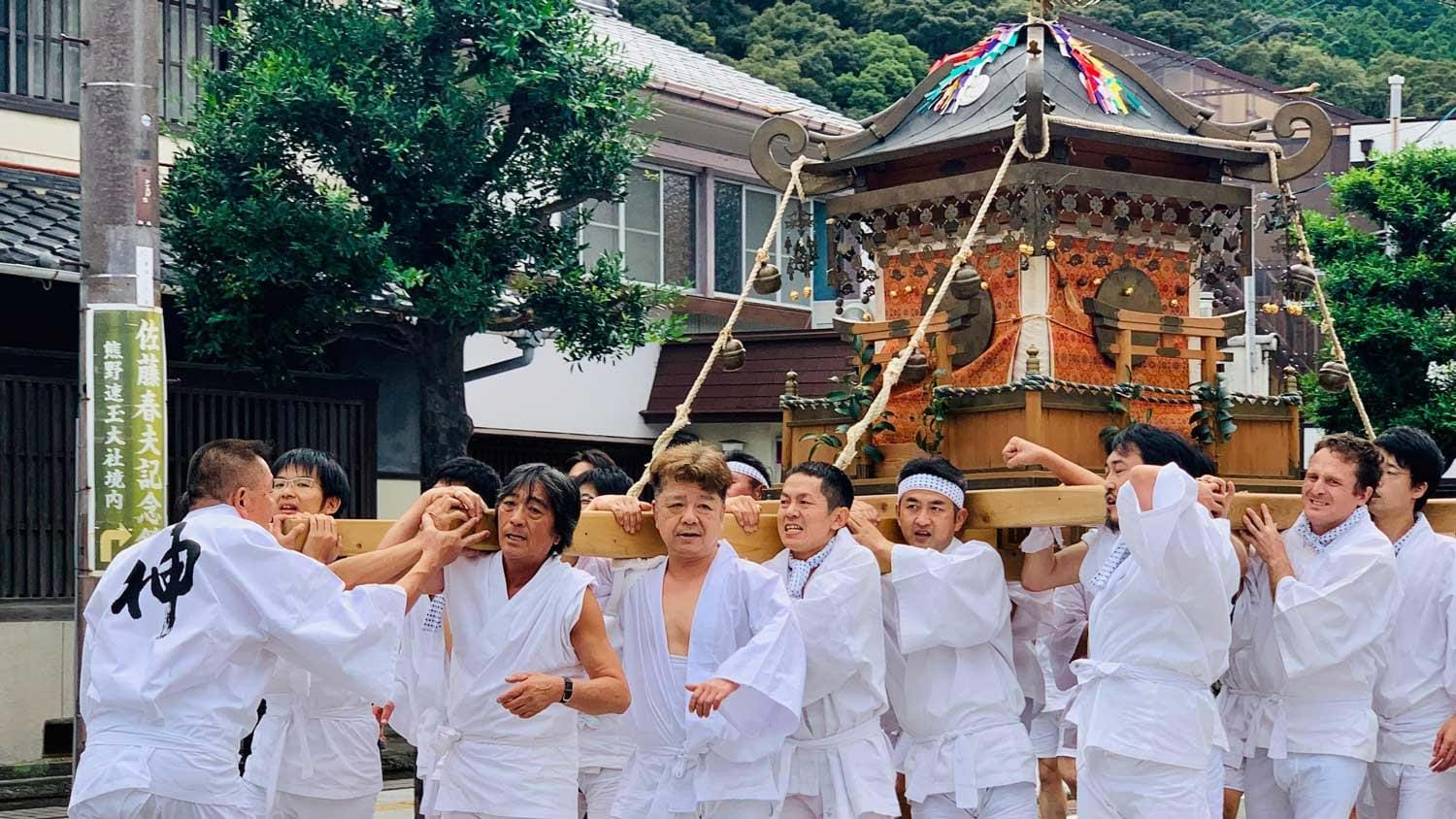
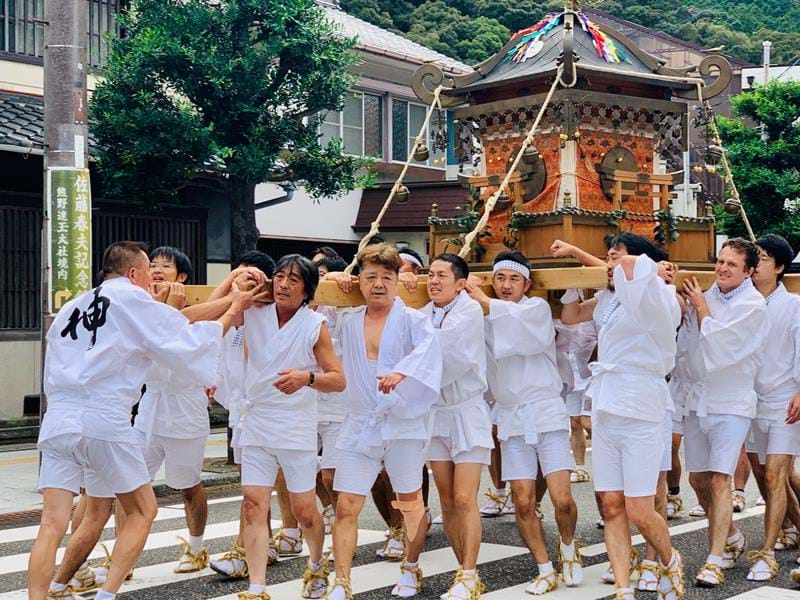
Our final destination was the third of the Grand Shrines of Kumano, Hayatama Taisha. We were fortunate to stumble on a local festival in which teams of young men race sacred rowing boats along the Kumano-gawa River. Afterwards, the crews join a parade of priests, priestesses and musicians carrying effigies of deities and other Shinto cult objects on their boats through the streets of Shingu City in a great display of competitive bravado!
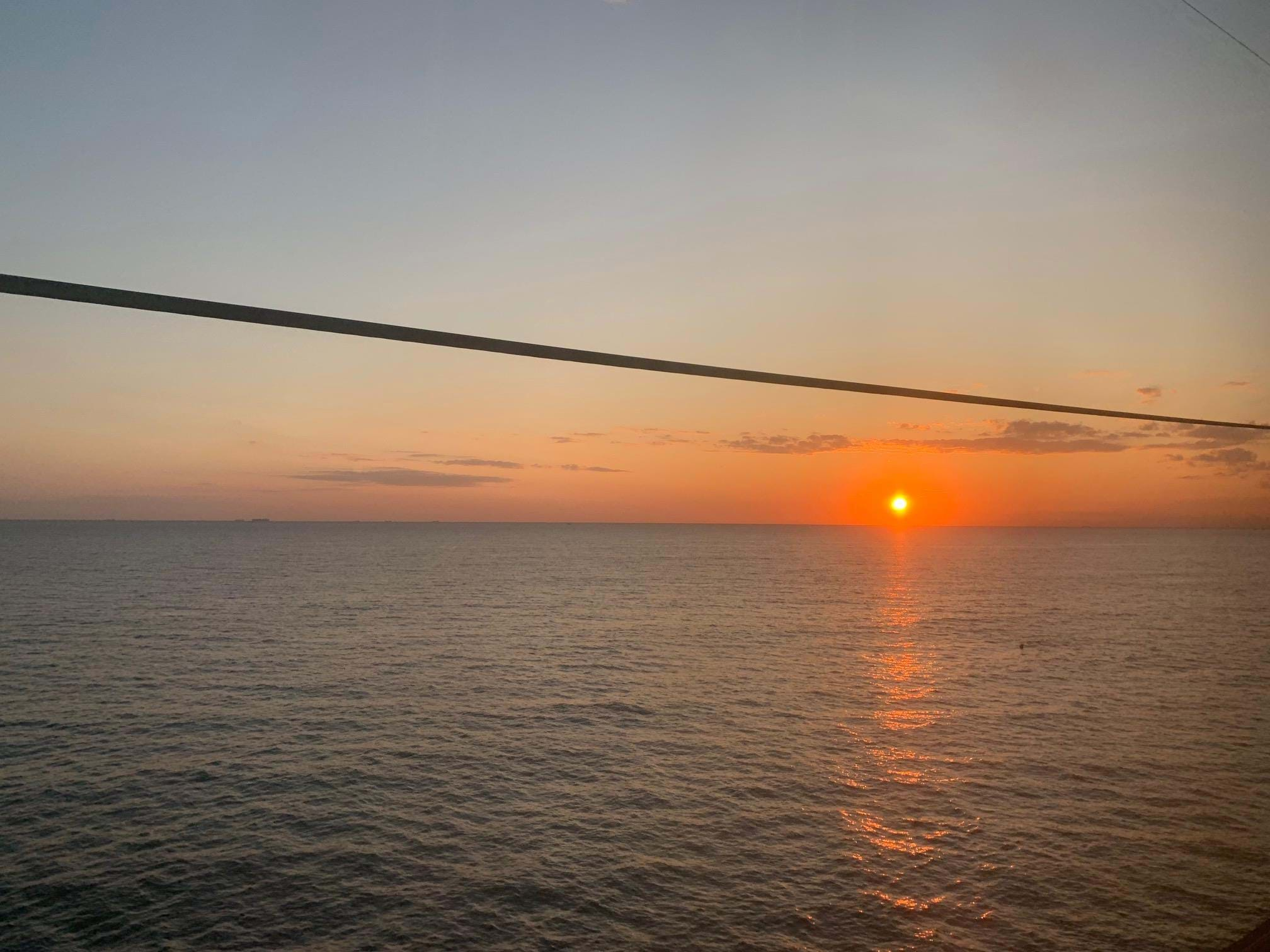

Sadly, as the procession passes us, Itatmani announces we have to leave immediately for Shingu Station, and I’m torn from the celebrations to board the train back to Tokyo. Gazing at the sunset across the ocean out the window as I speed smoothly northwards, it occurred to me I’d come to this enigmatic part of the world knowing very little about it, or the ancient traditions underpinning its monuments and rituals. I was leaving with the more rounded understanding of Japan I’d come in search of, but many questions remained unanswered. In a sense, I’d barely scratched the surface. That’s a feeling I know from experience will coalesce over time into something far more valuable than the lovely souvenirs and presents I crammed into my suitcase after a day’s shopping in the capital – a feeling that invariably results in a return visit!
For more information on the Kumano Kodo trails or how to tie a visit to the region into a more wide-ranging itinerary, contact our team of specialist consultants at TransIndus.
